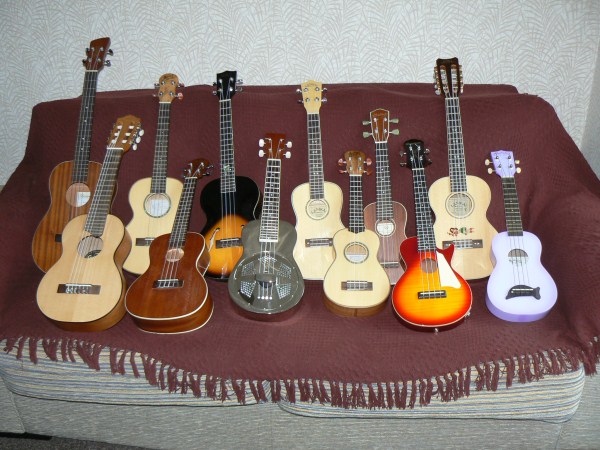Oh I just love these multi-confusing questions 
Nigel - You can actually get away with murder on a dulcimer working out of D,A,d with or without a capo to assist, unless the folks you play with go somewhere really weird like A# minor 
You don't have to play full chords on the dulcimer - in fact many dulcimer 'chords' just contain two notes (0,0,0 for D or 3,3,3 for G are examples) so you can play in other keys with a bit of thought and simply miss out the notes you don't have and substitue a harmony note. For example:there's a C chord at 3,4,6 and an F chord (without an F) at 6,8,6 and a G chord at 3,3,5 and the relative minor (Am without the 3rd) at4,4,4. So you can strum along in the key of C adding the odd fill or partial melody from D,A,d.
You can also work melody over drones at a session(playing modal tunings) and the other instruments will fill in the chord changes while you hold the root and/or 5th of the primary key within your drones. This is my prefered method for sessions although it involves re-tuning. I also like to play on a short scale instrument tuned to highG,d,g - same chord shapes as D,A,d but with G as the home tuning as I feel this tuning tends to lift the instrumemt up over the top of the guitar (just personal preference).
With a standard set of string gauges and a bit of thought you can get pretty much into any key and scale (mode). And I would look at the dulcimer as an instrument of possibilities rather than restrictions 
Of course, if most of the tunes you play with friends are in the key of C then you can always get the guitarist to put a capo on a fret 2 so you can all play in the key of D 
Robin


 I have concerts, tenors and baritones in high and low tuning, depending if If Im strumming or finger picking.....I do prefer low G though. My 8 string uke is really only a strummer with notes picked out, it's quite hard picking rolls with 3 fingers.
I have concerts, tenors and baritones in high and low tuning, depending if If Im strumming or finger picking.....I do prefer low G though. My 8 string uke is really only a strummer with notes picked out, it's quite hard picking rolls with 3 fingers.



